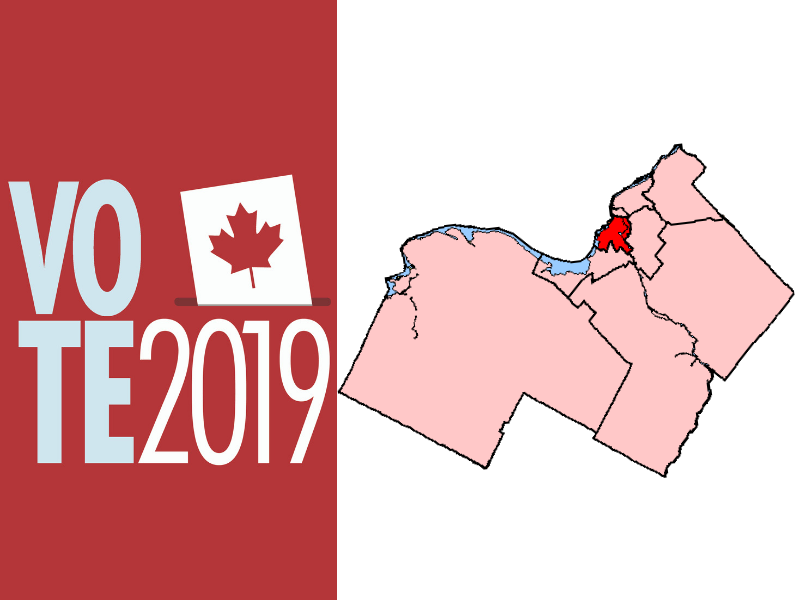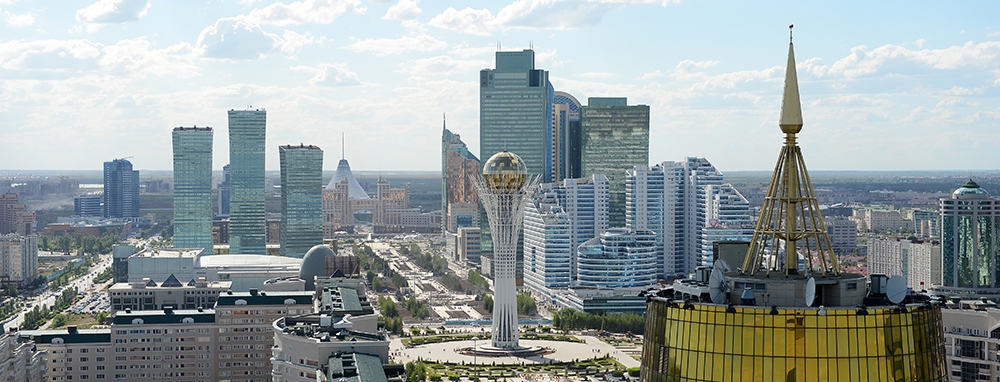
Farmers In Crisis: While the Provincial and Federal Government Argue – Farmers Pay the Price
Ontario’s leading agricultural agencies recently signed a joint letter to Ontario Agriculture Minister, The Hon. Carol Mitchell, expressing their concern that the McGuinty government and the federal government do not have a strong enough sense of urgency about Ontario agriculture. “We are living the crisis every day on our farms and our farmers need more than another intention to examine the issue through consultation.” The letter, signed by the head of the Ontario Federation of Agriculture and several other leading agricultural associations, goes on to state that, “Ontario farmers need a real and assured commitment from your government that it is behind us fully and will provide the provincial investment needed to stabilize and sustain our businesses. This commitment cannot hinge on federal support being given first. We understand the necessity of securing a federal commitment, but without a strong announcement from your government over the next few weeks, we will continue to be caught between the rhetoric of both governments. Ontario farmers deserve better than this and are depending on you and your government to stand up for Ontario agriculture at this critical time.” The impact of this federal and provincial bickering is explained through our Ottawa area farmers’ story.
It all started in Lanark County thirteen years ago. The rural revolution in the Region began with the fiery rhetoric of Randy Hillier (now the MPP for Lanark-Frontenac-Lennox-Addington). The daring moves of local farmer John Vanderspank also ignited sparks of defiance through Carleton County. And from there, the revolution took off.
“Governments are attacking us,” Hillier said at a raucous meeting of 500 people in the small village of Lanark back in 1997. That night, he set the tone for a over a decade of bold protests.
“We have no property rights. We aren’t protected,” Hillier told the audience. “Governments have no rights. Everything government has is a privilege. We can say no.”
“We’re with you, Randy,” resonated from the audience.
“Bureaucrats are like water and electricity,” Hillier said to applause. “They take the path of least resistance.” And that became his modus operandi.
Soon signs began appearing in Carleton County and across Ontario. “Back Off Government This Land is Our Land.” Now, you can’t help but notice those red, white and black signs as you drive in rural areas throughout the province.
In one of his most celebrated and legendary acts of defiance, Hillier instructed a young farmer who sold illegal eggs in Ottawa to drive his tractor in front of a Canadian Food Inspection Agency truck and block it from leaving his farm laneway.
In one of its most storied actions, the Lanark Landowners Association invited television and print media to Vanderspank’s farm in Lanark on Father’s Day in 2004 to see a deer hunt staged in defiance of the Ministry of Natural Resources (MNR). There were some deer that were damaging crops but MNR wouldn’t issue permits to hunt them unless farmers first constructed an eight-foot-electric deer fence. The cost of the fence for Vanderspank’s 1,200 acres would have been well over a half million dollars.
The government sent 14 wardens, two canine units, a spotter aircraft along with an OPP tactical squad and two cruisers for standby. A couple of local boys fired their rifles in the air and, as Vanderspank explained, by some great act of Providence, two deer were flushed and ran across the back of a field. The TV crews had pictures.
Vanderspank was later charged and paid $600 in fines, but farmers no longer had difficulty getting permits.
Government handling of the Walkerton tragedy was the first major incident that fed the feeling for a rural revolution. Under media pressure to fess up, Tories used farmers as their scapegoat. Though E.coli from a beef farm had seeped into the town’s drinking water, the real cause was the negligence of two boozing brothers responsible for the water treatment plant. As the farmers aptly described, the problem was “two brothers with a beer fridge.”
Fighting for their political lives, the Tories funneled the debate into rural environmental controls. More than a year of hearings on a proposed Nutrient Management Act placated urban voters. However, the flashpoint for revolt among farmers, many of whom lived on the land for four generations or were self-reliant post-war Dutch immigrants to Canadian farms, was a regulation giving inspectors the right to enter a property without a warrant. They needed only a reasonable suspicion of pollution.
The nutrient management ruse didn’t fool everybody. Matt Mattson, president of the Lake Ontario Water Keepers Association, in an interview with Farmers Forum in 2004, said “people are spending a lot of money on a small part of the problem. The Don, Humber and Grand Rivers enter the cities clean and exit as open sewers.”
In 2003, the Department of Oceans and Fisheries charged real estate broker Michael Hunt with pollution after an inspector found two of his horses and a couple of cows in a stream. He had to sign a peace bond in Napanee provincial court and pay $32,000 in court costs. Meanwhile, the City of Kingston, 25 kilometres away, pumped enough raw sewage into rivers and creeks to fill 8,750 backyard swimming pools and was never prosecuted.
Pollution regulations were definitely one of the first issues feeding a rural revolution. Amalgamation was the second. In 2005, “Carleton County Yes” signs became the slogan for de-amalgamation, a movement to bring the four rural townships into one unit called Carleton County, with its own governance. “We don’t care if they call us Ottawa as long as they give us some model of government that will allow us to control our own affairs,” said Tom Black, president of the Carleton Landowners Association. “We are represented by three councillors in a city with 23 councillors. We can’t carry a vote. Our councillors have to make deals before they can make things happen. We and the other municipalities forced to amalgamate with the City of Ottawa have been shafted. The City of Nepean was well run and we were well run. We all came into amalgamation with surpluses. Only Ottawa came in with a deficit. They took everyone into the black hole with them.”
Black, a fourth generation sheep farmer living in a century-old farmhouse on Fallowfield Road, proposed that the City of Ottawa manage essential services and mandated programs while a local borough manage the rest. “The new city started to apply city values and rules to the country and now we have to go through a committee to have things changed,” Black said. When city building codes were sometimes applied to rural development the results were patently ridiculous. A neighbouring dairy farmer had to install illuminated exit signs from an alternative source of electricity on the barn he was building. The city inspectors wouldn’t sign off until the sign was completed.
While better relations have been achieved through the City’s rural affairs office, Black still has a litany of horror stories. There is the story of an arborist in Galetta, near Arnprior, who wanted to erect a $20,000 cloth-covered building. The City asked $32,000 for the permit. “They charged as though the building were insulated and constructed of solid building blocks,” Black said. Someone found a loophole to reduce the price of the permit to $18,000 but the cover or roof had to be erected in three sections. However, the roof only came in one section and City inspectors refused to allow him to finish.
People who live in urban Ottawa rarely see the problems faced by landowners in rural areas. They don’t know that 60 landowners in Carleton own designated wetlands, and with that designation comes potential regulatory horrors. A wetland is defined as an artificial or natural channel that carries water continuously or intermittently and grows plants that prefer the continuous presence of water. Farmers find it incomprehensible that a drainage ditch, dug at considerable expense to landowners and rural municipalities to increase crop yields, can be classified wetland because certain plants grow in the stagnant waters. Once designated a wetland, the ditch can no longer be cleaned and flooding occurs.
In the City of Ottawa, a landowner who wants to develop property has to go through the conservation authority, the Ministry of Natural Resources, the Ministry of Environment, all of which deal with the impact on water. And if fish habitat becomes an issue, throw in the federal Department of Fisheries and Oceans who will investigate a single complaint from a person who can remain anonymous.
Rural landowners in the region understand that the political route is best, but they also understand that broad political success is achieved with great difficulty. Ottawa has just over 1,000,000 people but only 85,000 of them are in rural areas. While farms cover 120,000 hectares or 40 per cent of the City’s rural lands, only 4,000 people live on them. To make matters worse, urbanites with different values and needs are increasingly moving onto scattered lots and into villages.
The rural divide has never been this formidable and that may explain why rural landowners must chase so many targets. While that reality poses many challenges for landowner associations, their work will ensure that rural issues remain on the political agenda for officials at all levels of government.
By: Terry Meagher










